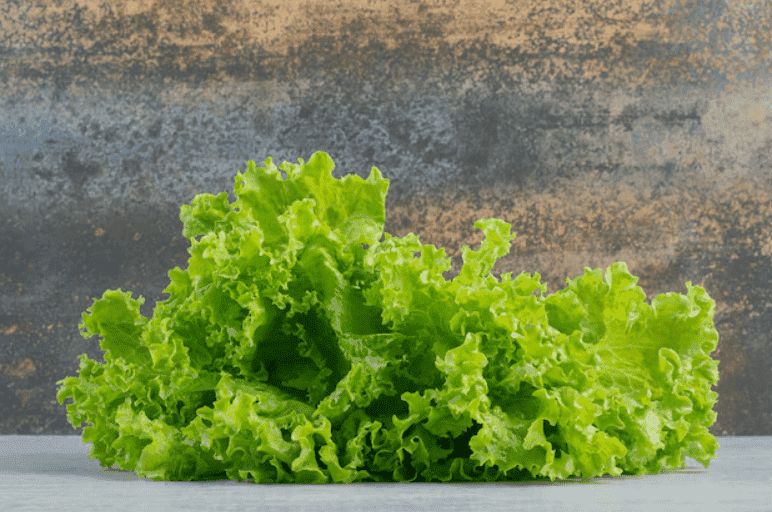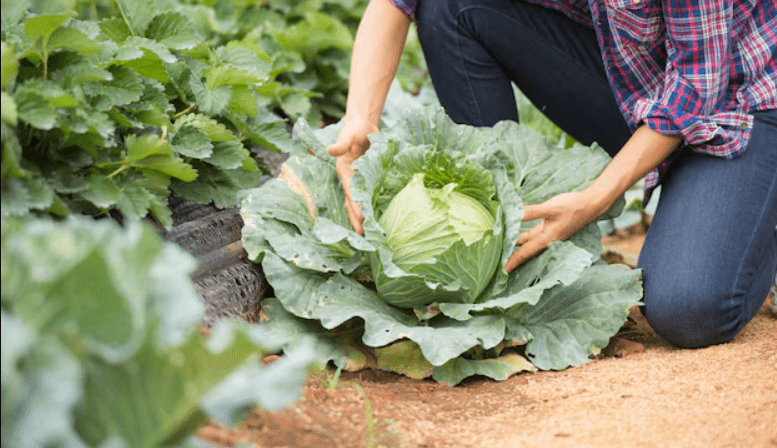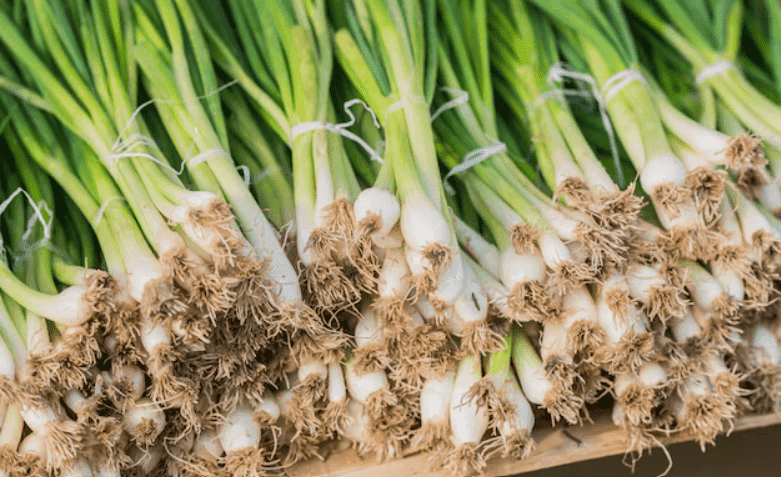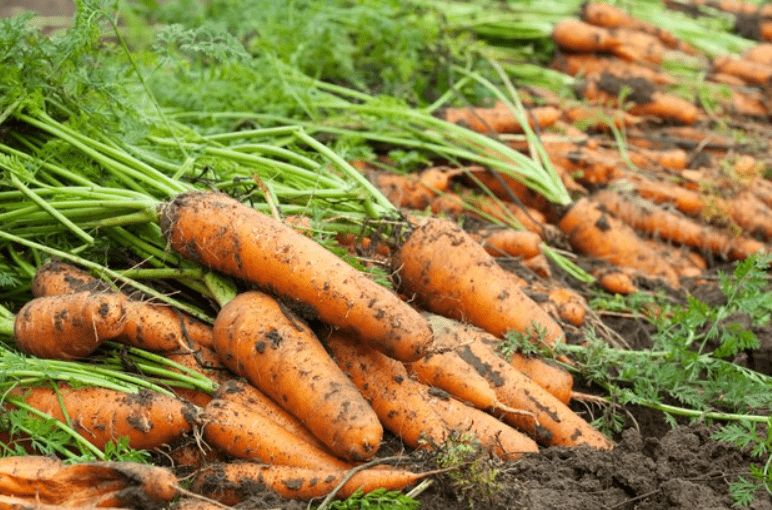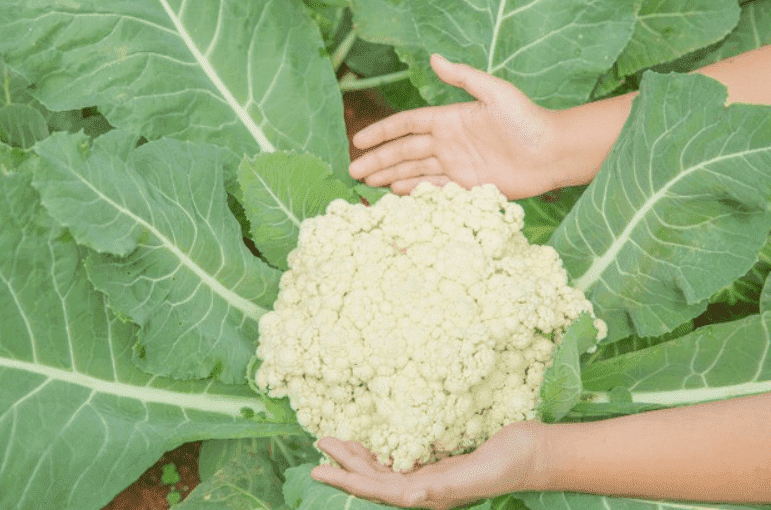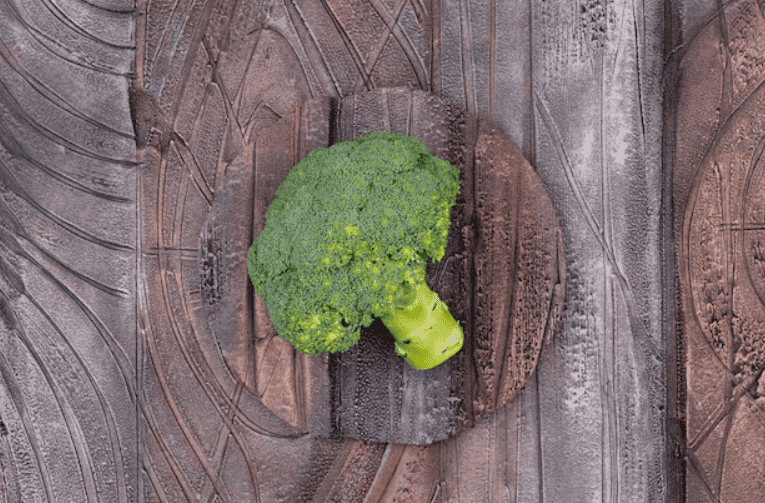Radishes are one of the most common spring vegetables. People usually grow their own radishes because they are super easy to grow and take about 25 days from planting to harvest. And who doesn’t want to enjoy the freshly harvested radishes? If you’re going to try something new, try growing black radishes! These bold, flavorful radishes are a unique addition to your garden. Keep reading to learn how to grow black radishes and discover more about this intriguing variety.
About Black Radish
Black radishes (Raphanus sativus niger) are bold, heirloom varieties known for their intense peppery flavour—far stronger than the typical rosy-red radish. Unlike their quick-growing cousins, black radishes take about two to three times longer to mature. They come in two forms: a round variety resembling a black turnip and a cylindrical variety that can grow up to 8 inches (20 cm) long. The long type is more pungent, while both offer crisp, white, peppery flesh. Peeling the black skin can help tone down their spiciness.
They belong to the Brassicaceae family, also called Spanish radishes, Gros Noir d’Hiver, Noir Gros de Paris, and Black Mooli. These annual root vegetables store exceptionally well, lasting long after the harvest. Submerge the roots in moist sand in a cool, frost-free location, or store them in a perforated bag in the refrigerator.
Black radishes have a storied history. Ancient Egyptians fed them with onions and garlic to pyramid builders. In fact, radishes were grown before the building of pyramids. Even the proof is found in the excavation. Black radishes were originally cultivated in the eastern Mediterranean, and by the 19th century, they became a beloved crop in most parts of the world.
Black Radish Uses
Black radishes are versatile in the kitchen. You can enjoy it both fresh and cooked. Slice them into salads for a spicy crunch, sauté them as a side dish, or cook them like turnips with butter or cream. They’re also excellent, diced into soups, stir-fries, and stews or sliced and served with dip for a flavorful appetizer.
Beyond their culinary uses, black radishes have a rich history of medicinal applications. Chinese and European traditions have used them for centuries as a gall bladder tonic and for treating bile and digestive issues. In India and Pakistan, where they’re known as Black Mooli, they’ve been used to address liver problems.
Modern studies show black radishes can combat infections, promote healthy digestion, and support thyroid function due to their raphanin content. The leaves are believed to help in liver detoxification, while the root is packed with nutrients, including Vitamin C, potassium, iron, magnesium, and vitamins A, E, and B. You can also find black radishes in herbal supplement stores as capsules or tinctures.
How to Grow Black Radishes
Finally, it’s time to learn how to grow black radishes!
It’s similar to growing common rosy radishes but with a longer maturity period—about 55 days. Plant black radishes from mid to late summer or fall if you live in a mild climate. You can sow the seeds directly in the garden or start them indoors for transplanting later.
Space the plants 2 to 4 inches (5–10 cm) apart or farther for larger radishes. Use well-draining, loamy soil free of stones, and ensure the soil has a pH between 5.9 and 6.8. Choose a location with at least six hours of sunlight daily to give your radishes the best growing conditions.
Black Radish Care
Learning how to grow black radishes is not enough if you don’t know how to care for them. But don’t worry, they need minimal care.
Black radishes are low-maintenance plants if you keep the soil slightly moist. Harvest them when they reach 3 to 4 inches (8–10 cm) across. Look for firm radishes with smooth, even black-to-dark brown skin. Avoid any that feel soft or give under a light squeeze, as these will likely be pithy.
Enjoy fresh radishes after harvest, or store them in the refrigerator for up to two weeks. To store, remove the greens and wrap the radishes in plastic. If their flavour is too spicy for your taste, peel, slice, and salt them, then rinse them with water before use to mellow the heat.



